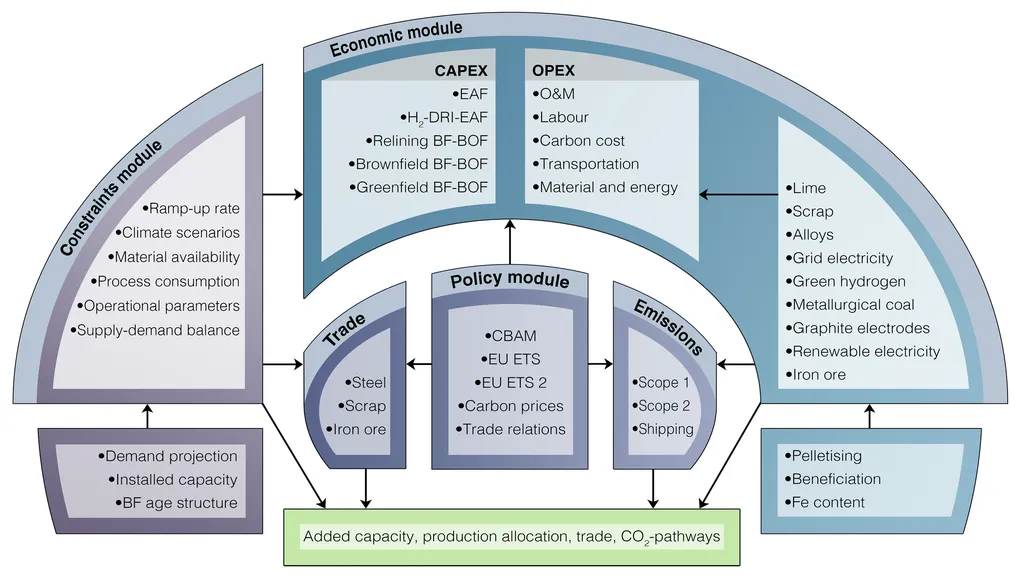In a world grappling with the environmental impacts of the built environment, a new study offers a roadmap for a more sustainable future. Rebecka Lundgren, a researcher at the Faculty of Engineering, Lund University, has been exploring how we can better utilize existing buildings to reduce material use, energy consumption, and emissions. Her work, published in the journal *Byggnader & Städer* (Buildings & Cities), delves into the concept of circularity and what actions are needed to make it a reality by 2035.
Lundgren’s research employs a unique approach, using futures studies methods to imagine preferable circular futures and then working backwards to identify the actions needed to achieve them. This process, known as backcasting, involved a series of workshops with experts who suggested a range of actions. These actions were then analyzed and categorized based on the expected agency—whether they were the responsibility of policymakers or organizations.
The findings reveal that many of the suggested actions already exist but require reinforcement. “Many of the proposed actions are included in existing policies but require strengthening by raising target levels and penalties,” Lundgren explains. “The introduction of incentives would help to achieve the desired outcomes.”
The study identifies two main themes: actions for policymakers, such as regulations and incentives, and actions for organizations, which operate at the industry and firm levels. While some of the suggested actions are novel but incremental, others are radical and could potentially spark a paradigm shift in the industry.
The commercial implications for the energy sector are significant. By optimizing the use of existing buildings, the demand for new construction materials and energy could be reduced, leading to cost savings and a smaller carbon footprint. Moreover, the introduction of incentives could drive innovation and create new business opportunities.
However, Lundgren acknowledges that radical novel actions may not be welcomed by everyone in the sector. “External disruption along with internal renewal through new knowledge and skills within organizations are likely to be required for change to occur,” she notes.
The study’s findings provide a valuable resource for guiding circularity research, policy, and corporate social responsibility in the built environment context. As we look towards 2035, Lundgren’s work offers a compelling vision of a more sustainable future and a roadmap for getting there.

